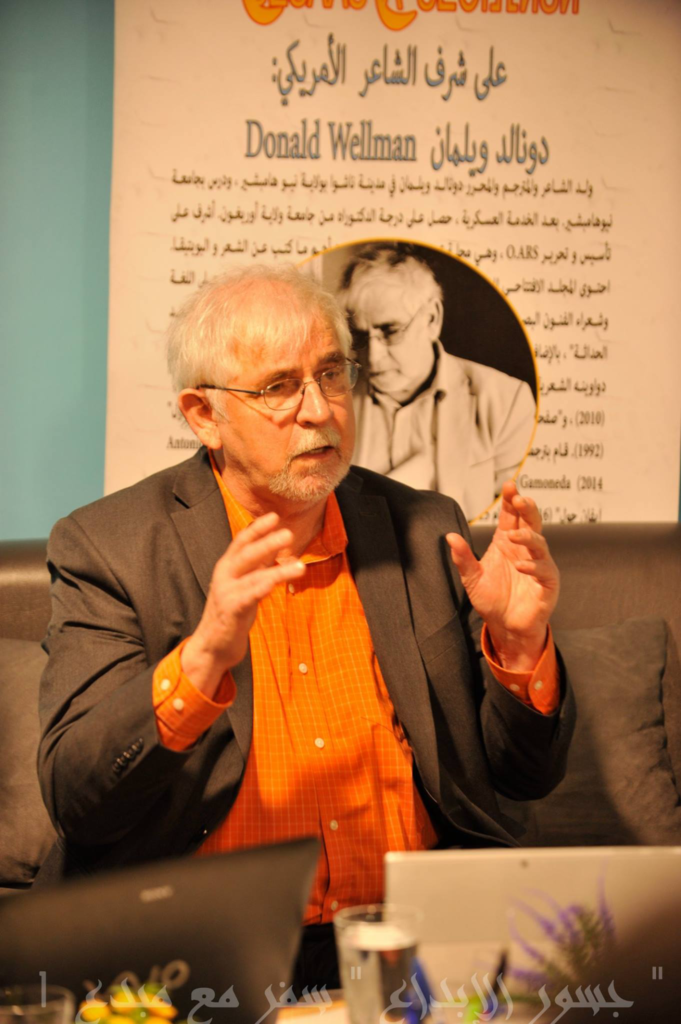January 28, 2021, 7 pm
THE SERIAL POEM
This workshop and discussion concerns the making of the serial poem. The focus falls on discontinuity and possibilities for coherence. One particularly difficult example is John Ashbury’s “The Skaters” remains relevant. [“The Skaters” is available at Microsoft Word – Ashbery_Skaters.docx (text-works.org); both text and audio are available at both text and audio: http://writing.upenn.edu/pennsound/x/Ashbery/the_skaters.php]
“The Skaters” often appears to make sense locally, inviting the reader to expect to make global sense of the poem. Instead, one encounters an intractable flux of verbal “found objects,” shifting styles and registers, teasing literary allusions and echoes, fragmentary narrative episodes and descriptive scenes. How is one to negotiate or manage such flux? Critics tend to select “key” lines or passages, treating these as interpretative centers or “nodes” around which to organize the heterogeneous materials of the poem. (How (Not) to Read Postmodernist Long Poems: The Case of Ashbery’s“ The Skaters.” Brian McHale, Poetics Today (2000) 21 (3): 561–590. https://doi.org/10.1215/03335372-21-3-561
The driving force behind a series composed of discontinuous elements is often rhythm, not explanation. In “The Skaters” there are thematic clusters related to childhood or entropy, but Ashbury is not building a stick house. Integrity of construction matters not so much does rhythm and its vicissitudes. Ashbury’s central poetic act is to frustrate form, making meaning difficult or impossible to discover. The willful meaningless of the series in JA’s practice has often been discussed. “It is madness to explain” he warns us.
This a lesson that I learned from Antonio Gamoneda, a Spanish poet whom I translate. He advised me not to explain, instead my job was to capture the music, to allow it to be heard or come across. JA ‘s music finds novelty in discontinuity. It is not a new practice though the shock of novelty in his case may verge on the extreme. Like many readers I have sought to unravel the inscrutable sources that underlie such utter discontinuity. For me, the source of poetic novelty lies in a blending of documentary, that is objective elements, camera work perhaps, and imaginary or fantastic elements, perhaps surreal impulses that cast their unverifiable or fictional shadows, necessary, moments that engage shadows or abysses. How does one end such a series? Cascade or torrents of energy my break into lulling discontinuities. The final image is never enough. “The Skaters” takes 42 minutes to read. Between images understood as facts, the energy of interpolated fictions are often generative of possible meanings. Fiction is then a form of making that is poetry. One that provides context and techniques of abruption. Such poetics may be differentiated from prosody and governs what might be called the very rhythms of the series. The introduction of unexpected but novel elements often requires fictive bridges. That may also have been Wallace Stevens’s conviction. “The poem is the cry of its occasion, / Part of the res itself and not about it.” No explanation possible.
Here are some lines from a short poem, “To be continued” from Kate Colby’s The Arrangements (2018):
“Shrill light from snow / yellows in the window // a frizzle of dead / baby’s breath.” Discontinuous images that do and do not resolve in “I can’t exist / any/more.” It’s always difficult to find a resting place in a poem composed of discontinuous elements.
Participants will discuss how the concepts advanced in this note are true of their work or of the work of a poet they admire. I
BIO: Donald Wellman, poet, editor, and translator, his recent book of poetry are Crossing Mexico and Essay Poems (Dos Madres: Loveland OH). Other books from Dos Madre include The Cranberry Island Series and A North Atlantic Wall. Roman Exercises is from Talisman. Prolog Pages was issued by Ahadada ; Fields (Light and Dust). For several years, he edited O.ARS, a series of anthologies, devoted to topics bearing on postmodern poetics. Books of poetry in translation include Emilio Prados, Enclosed Garden, (Lavender Ink / Diálogos); Antonio Gamoneda, Description of the Lie (Talisman) and Gravestones, (UNO Press). His translation of Roberto Echavarren’s The Espresso Between Sleep and Wakefulness is from Cardboard House. His translation of Echavarren’s The Virgin Mountain is from Lavender Ink. A translation of Néstor Perlongher’s Cadavers is from Cardboard House. Recent critical work includes Albiach / Celan: Reading Across Languages. His Expressivity in Modern Poetry from Fairleigh Dickinson.
Zoom link will be sent to NEPC members.

